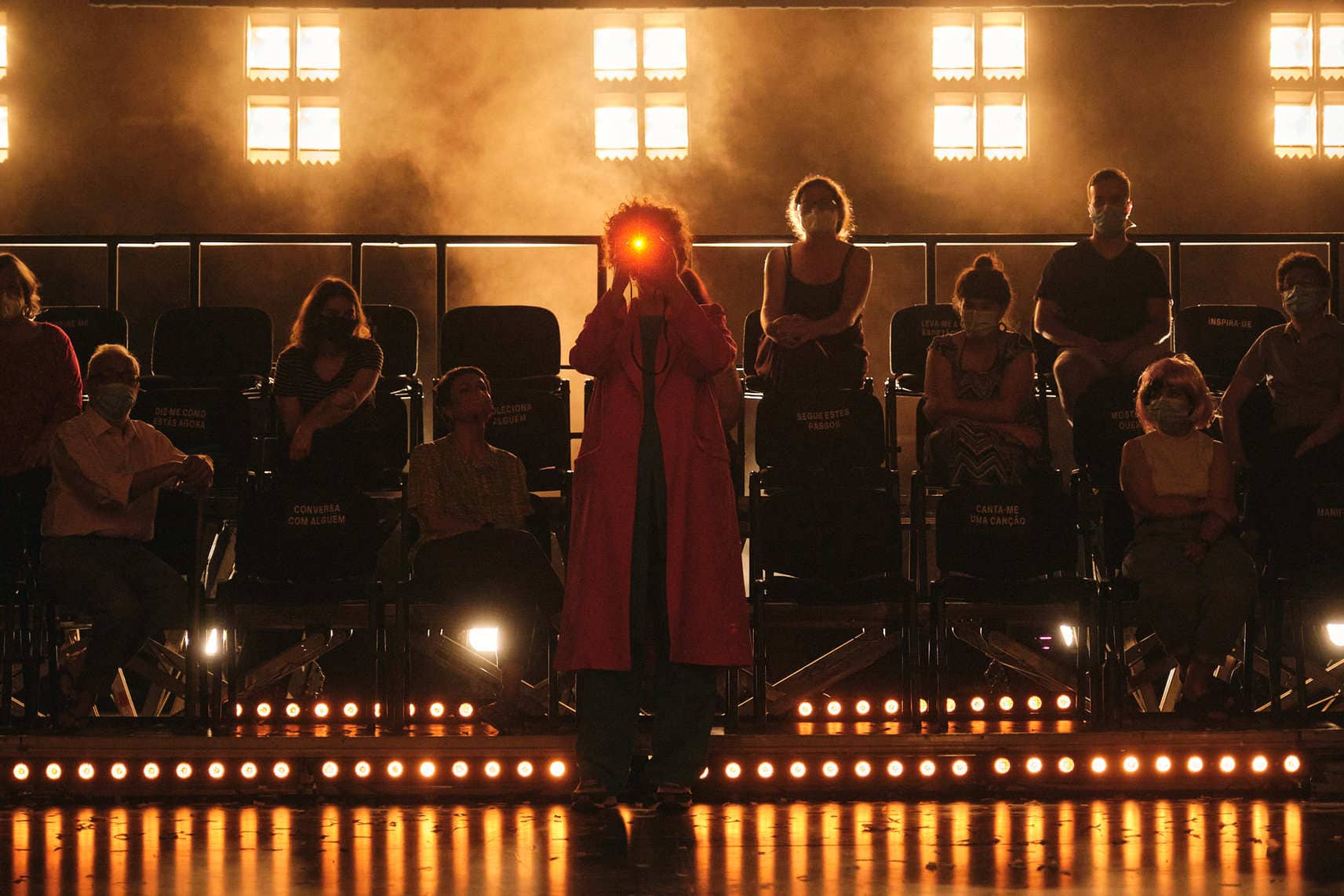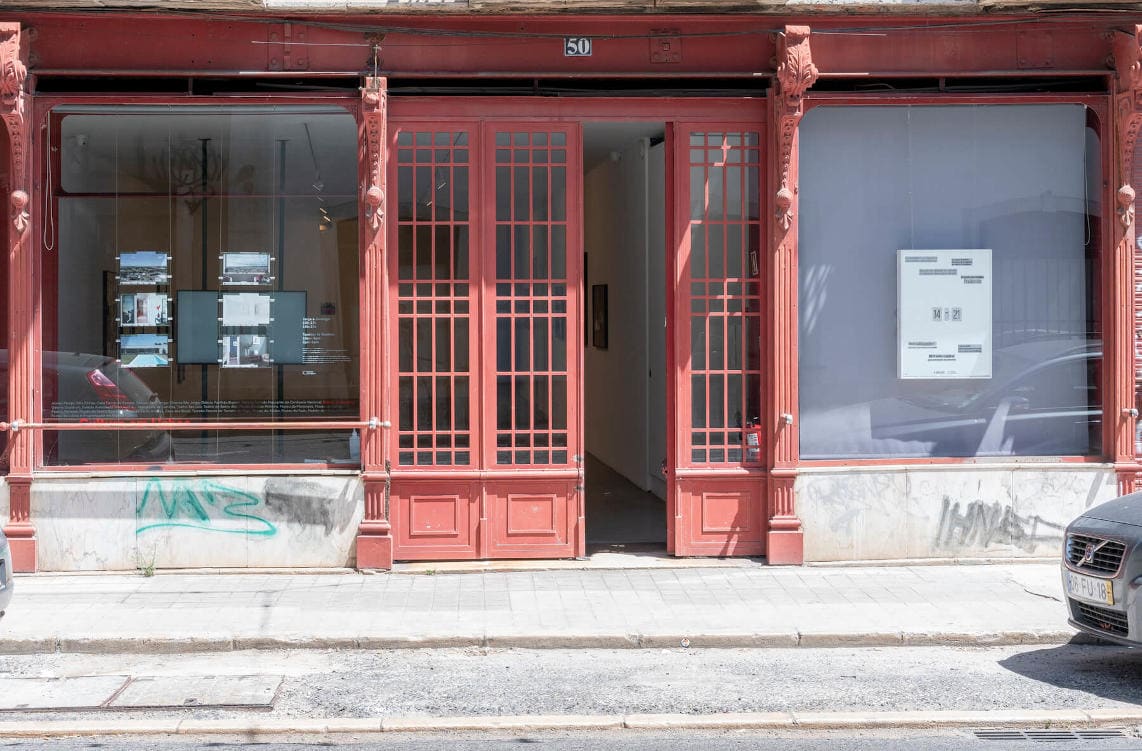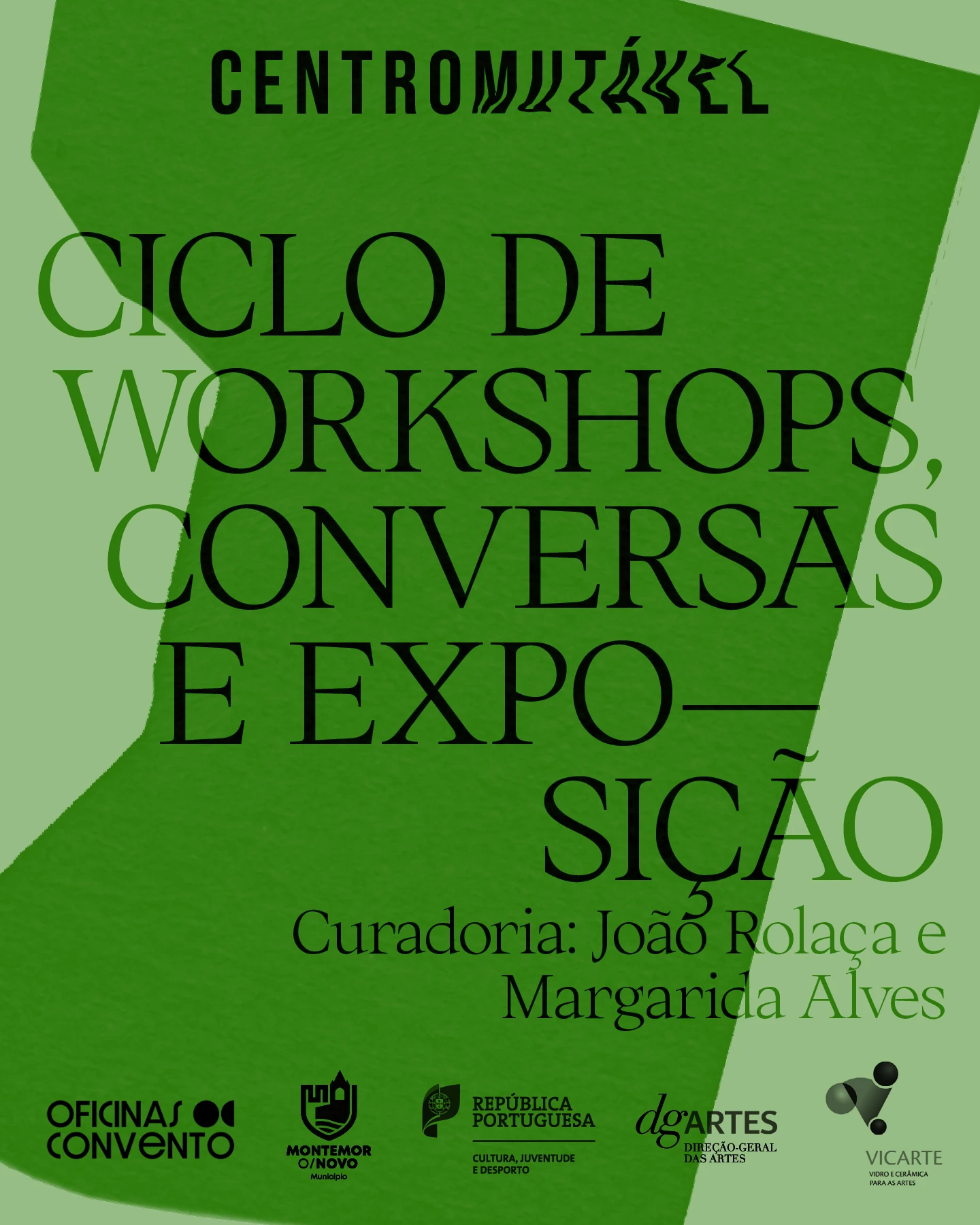Cat did it! by Hugo Brazão mends the social and cultural crossbreeding between species, as well as the affective relationships that are amazingly and unexpectedly generated between humans and non-humans.
If O’Mice an’ men, in 2019 at Galeria Diferença, was the ambiguous connection between man and the naturalisation of the Rat on the island of Madeira through sea voyages; in Cat did it!, Brazão relies on Koko’s behaviour, a female gorilla who learned to communicate with humans through gestures and sign language. Koko was proven to be a more complex being than scientific knowledge had previously imagined, not because of the didactic or playful character of her communication, but because of her deceptive ability, which was considered to exist only in humans.
As usual in the artist’s career, there is always a humorous element in alignment with the saturation of the colours, with a pictorial expressiveness beyond planarity. He appropriates the architecture of the exhibition space to expand the formal, technical and narrative speculation in his body of work. We can understand Cat did it! as a carefree anthropological essay, an anecdotal epiphenomenon, or an affectionate, non-anthropocentric episode between two species that, in their evolutionary path, have shown themselves to mirror each other: what is the human in animal and what is the animal in man.
The exhibition is at Commonage, in London, until September 11.




-6dqqe.gif)